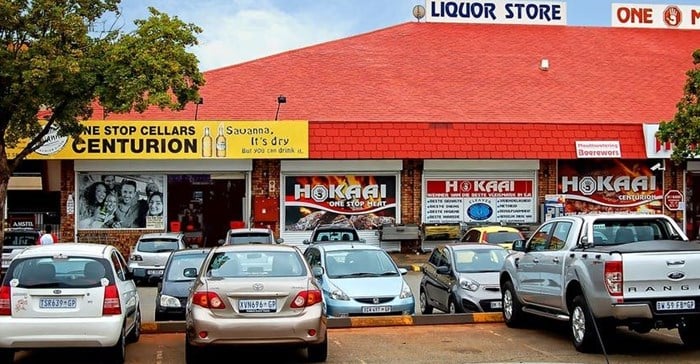
Global evidence suggests that alcohol advertisements increase adolescents’ favourable attitudes towards drinking. Shutterstock
Alcohol is a major contributor to the global burden of disease. It’s also a key risk factor for preventable illness and death in Africa. For example, alcohol consumption during pregnancy is associated with many adverse effects on children. These include childhood behavioural and developmental disorders such as foetal alcohol spectrum disorders.
Easy access to alcohol is a critical risk factor in problem drinking. This is particularly true among adolescents. The problem has been exacerbated on the continent by the fact that alcohol companies have targeted young women in their marketing efforts.
Global evidence also suggests that alcohol advertisements increase adolescents’ favourable attitudes toward drinking. These adverts are also associated with higher consumption, as well as earlier initiation and higher intensity of drinking. And recent research indicates associations between exposure to alcohol advertisements and alcohol consumption among adolescents in South Africa.
We conducted a study on the impact of access to alcohol and exposure to alcohol advertisements on women of childbearing age in rural and urban areas of South Africa. We conducted interviews with 1,018 women in one of the country’s largest cities, Tshwane, as well as in rural areas in the Western Cape.
Our paper found that in both urban and rural sites easy access to alcohol – as well as exposure to alcohol advertisements – were associated with significant negative social and health impacts.
What we found
In urban Tshwane, easy access to alcohol was related to a number of problems. These included binge drinking (defined as six or more drinks per occasion) among partners and problem drinking in the community. Complications during pregnancy were another issue. And exposure to alcohol advertisements was related to hazardous drinking in the community and inter-partner violence.
In rural Western Cape, easy access to alcohol was related to problem drinking among community members. It was also inversely related to families’ ability to pay for health care. For its part, exposure to alcohol advertisements was related to a number of negative outcomes. These included hazardous drinking among women and community drinking. Inter-partner violence was also a problem.
The slight differences between patterns in urban and rural communities were likely because of varied social and economic contexts.
Our findings confirm what has been found elsewhere: alcohol advertising is not a harmless brand-promoting activity. It is associated with harmful health and social outcomes. Similarly, easy access to alcohol is associated with multiple adverse health and social impacts.
These effects might be ameliorated by stronger laws and regulations. That’s why amendments have been proposed to the country’s National Liquor Act. Our findings support these efforts to limit access to alcohol and alcohol advertisements.
But South Africa has a mixed record when it comes to legislating against alcohol use.
Strong industry lobby
The alcohol industry has used intense lobbying to hold back efforts to limit the availability of alcohol and alcohol advertisements.
For example, national legislation to ban advertising in South Africa has been stalled. Provincial legislation in the Western Cape has been weakened by the liquor, sporting and advertising industries.
The alcohol industry promotes self-regulation. But this leaves adolescents vulnerable to the harmful effects of alcohol advertisements.
The alcohol industry claims that it plays an indispensable role in South Africa’s economy. But public health researchers estimated that alcohol consumption cost the country approximately 10%-12% of its gross domestic product in 2009.
Limiting alcohol advertisements and regulating the availability of alcohol are critical to ensuring the well-being of women and children in South Africa. This is particularly true because the country has the highest rates of foetal alcohol syndrome in the world. These rates emerged, in part, from a system adopted in the colonial period of farmers paying workers with alcohol. The practice continued in some Western Cape farms well into the post-apartheid period even though it was illegal.
This article is republished from The Conversation under a Creative Commons license. Read the original article.











































